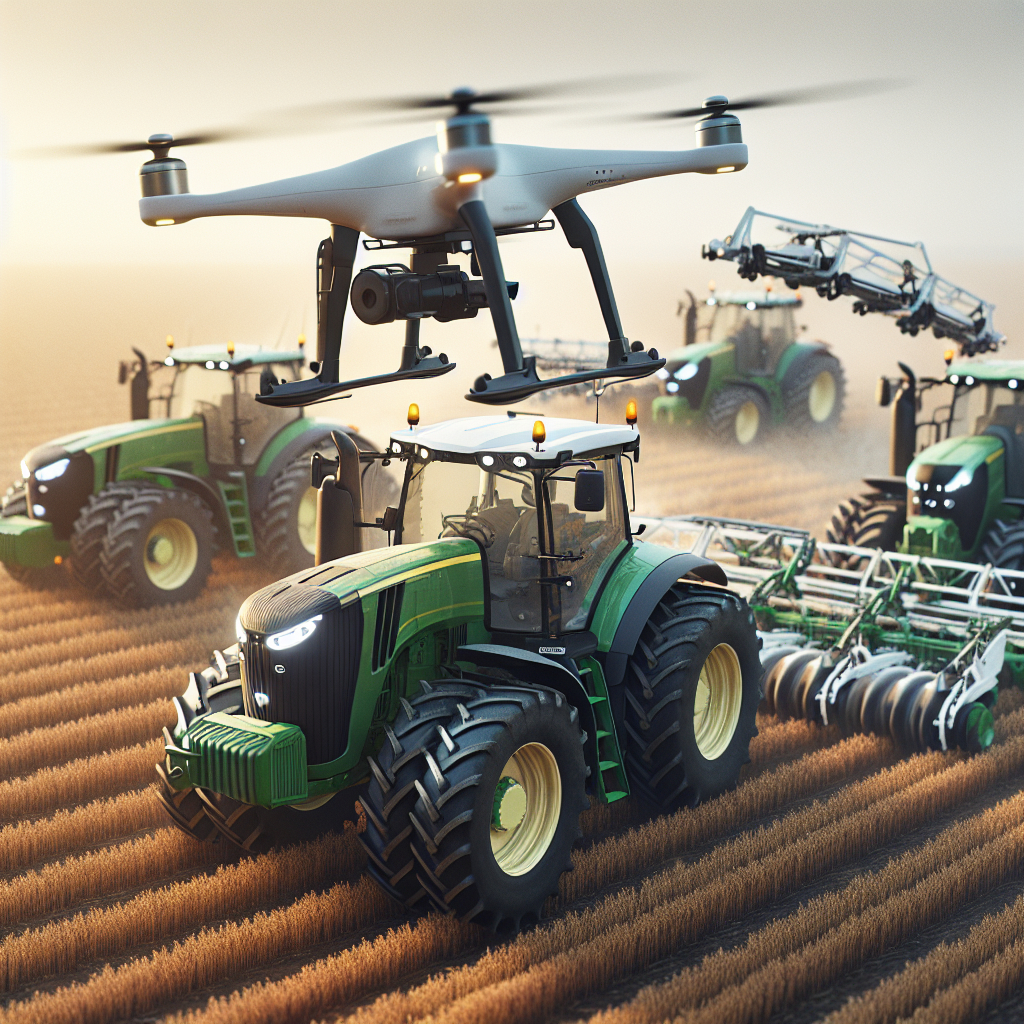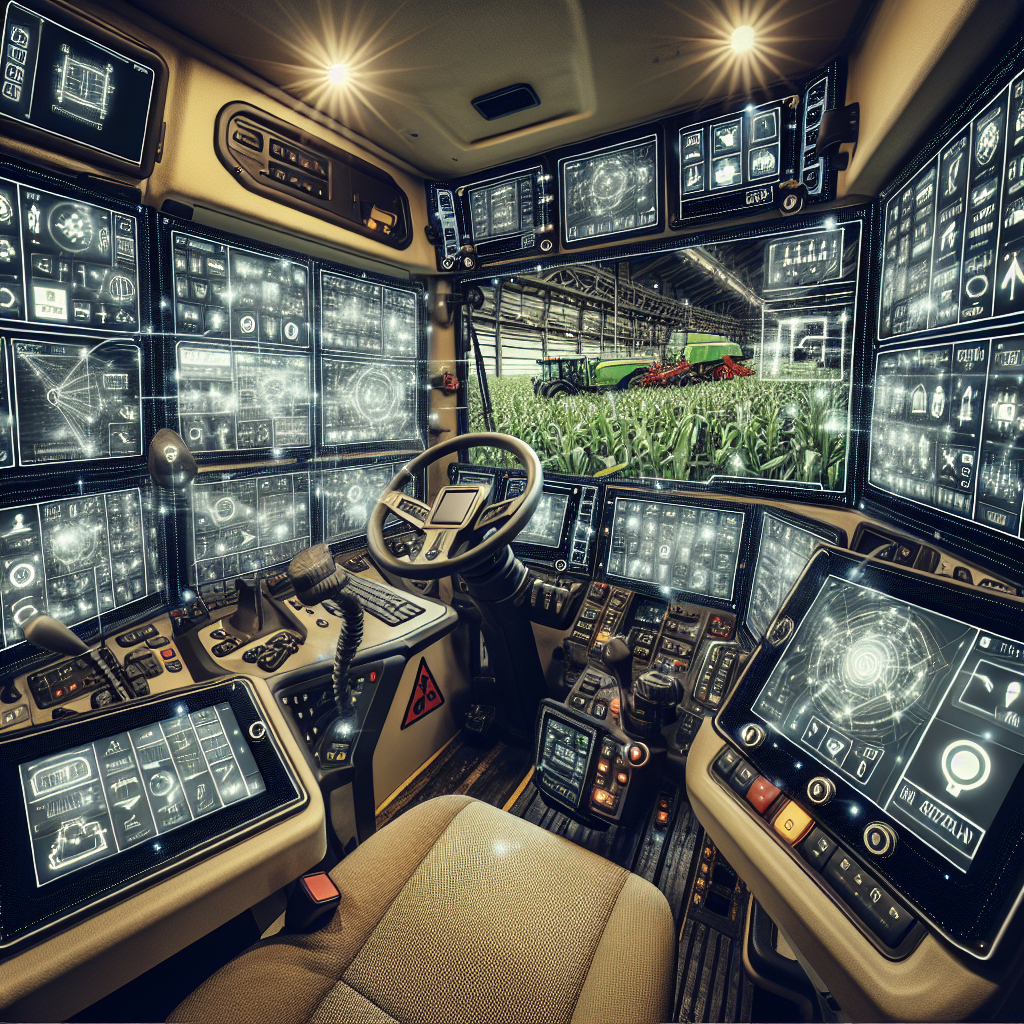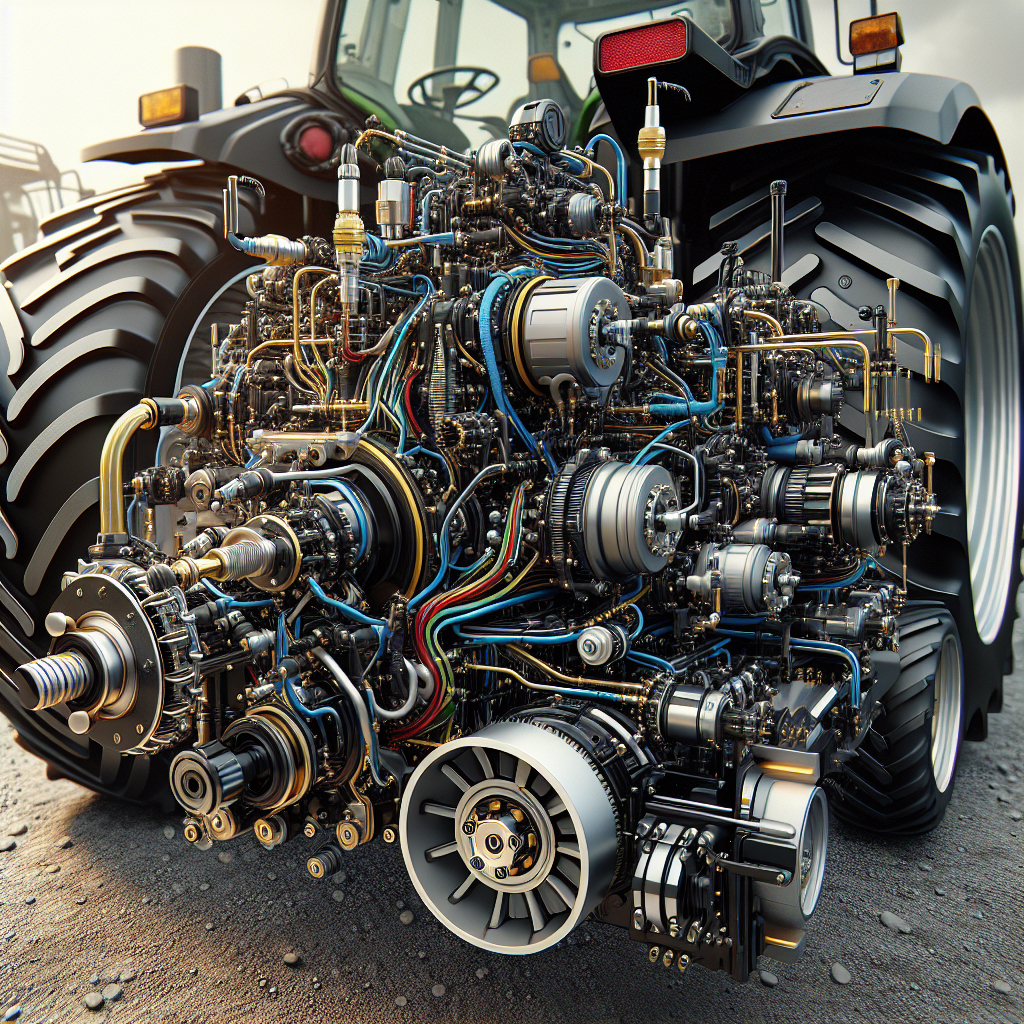The quest for ever-greater power and efficiency has driven agricultural machinery to new extremes, giving rise to some of the largest and most impressive tractors ever built. These giants not only reshape how farmers approach high-acreage operations but also demonstrate breakthroughs in engineering prowess. From rumbling engines capable of generating staggering torque to ultra-wide tracks that spread enormous weight evenly across the soil, the world’s biggest tractors are true titans on the fields.
Behemoths of the Field
When it comes to sheer scale and capability, a handful of models stand out as the undisputed champions. Each of these giants combines colossal dimensions with advanced technology, resulting in unparalleled pulling power and operational scope. Below is a closer look at some of the most extreme machines currently in service:
- Big Bud 747
- Origin: United States, 1977
- Output: 1,000 horsepower
- Weight: Approximately 100 tons
- Notable for holding the world record as the largest farm tractor ever built.
- Fendt 1167 Vario
- Origin: Germany, 2022
- Output: 673 horsepower
- Features: Four tracks for superior traction and minimal soil compaction.
- John Deere 9RX Series
- Origin: USA, 2020
- Output: Up to 620 horsepower
- Weight: Near 33 tons
- Known for its combination of durability and cutting-edge precision farming systems.
- Challenger MT900E
- Origin: USA, 2019
- Output: 575 horsepower
- Tracks: Triple-bogey undercarriage for exceptional flotation.
- Case IH Steiger Quadtrac
- Origin: USA, 2018
- Output: 605 horsepower
- Specialty: Four independent tracks delivering massive torque to the ground.
These machines are engineered to handle demanding tasks, from pulling enormous air drills to transporting heavy implements across vast fields. Their massive size alone can redefine the scale of modern agriculture operations.
Engineering Marvels and Innovations
The evolution of ultra-large tractors goes hand in hand with novel technologies aimed at boosting productivity and reducing downtime. Key advancements include:
- Variable Transmission Systems – Enables seamless speed adjustments under heavy load, maximizing fuel efficiency and minimizing wear.
- GPS-Guided Autonomous Operation – Allows for centimeter-level accuracy in field passes, cutting overlap and saving time.
- Advanced Hydraulics – Supports heavier implements and multiple attachments, enhancing overall versatility for different tasks.
- Enhanced Suspension and Track Designs – Distribute enormous weight evenly, protecting soil structure and improving operator comfort.
- Telematics Integration – Real-time monitoring of engine health, fuel use, and implement performance, ensuring optimal farm management.
Many of these tractors also incorporate customized software suites that analyze field conditions and recommend settings automatically, a leap forward in precision agriculture. Such integrated systems not only enhance performance but also extend service intervals, reinforcing their reputation for reliability.
Transforming Agriculture and Beyond
The impact of these colossal tractors extends well past basic plowing and planting. On mega-farms spanning tens of thousands of acres, a single high-powered tractor can replace multiple smaller units, streamlining labor and maintenance. Key contributions include:
- Increased Throughput – Cover vast tracts of land in fewer passes, boosting daily acreage targets.
- Reduced Soil Compaction – Despite their weight, track systems spread load to preserve soil health.
- Multi-Purpose Capability – From heavy-duty tillage to hauling large trailers, these machines excel in diverse roles.
- Operational Economy – Lower per-acre fuel and labor costs when compared to fleets of smaller tractors.
- Cross-Industry Use – Adapted for resource extraction, pipeline installation, and even emergency snow-clearing in extreme climates.
By leveraging their massive drawbar pull and advanced controls, operators can tackle the heaviest implements, such as 12-meter wide planters and multi-row fertilizer spreaders, with ease. These efficiencies help meet the global demand for food and biofuel, all while adhering to sustainable practices.
The Road Ahead for Giant Tractors
Looking forward, the next generation of large-scale tractors promises even more dramatic transformations:
Electrification and Hybrid Power
Manufacturers are exploring high-voltage battery packs and hybrid diesel-electric drivetrains to cut emissions and deliver instant torque. Early prototypes demonstrate that electrified models can match diesel performance while offering regenerative braking and energy recapture during heavy draft work.
Full Autonomy
Advances in artificial intelligence and lidar scanning bring fully autonomous tractor fleets within reach. Operators could oversee multiple machines remotely, optimizing field coverage and reducing fatigue. Such developments will elevate precision to unprecedented levels, maximizing yields while minimizing input waste.
Smart Implements
Future implements will be embedded with sensors and microprocessors that communicate with the tractor’s main computer. This synergy will continually adjust depth, speed, and chemical application rate based on real-time soil and crop data, pushing efficiency to new heights.
Sustainable Materials and Design
To lighten overall weight and improve environmental friendliness, next-gen machines may use composite alloys and recycled materials in chassis and body components. Coupled with cleaner drivetrains, these tractors will set new benchmarks in performance and ecological responsibility.
As farms grow larger and the need for high-output machinery rises, the world’s biggest tractors will continue to evolve, integrating cutting-edge technology with brute force. These mechanical giants stand as a testament to human ingenuity, reshaping the landscape of agriculture and signaling a future where size, power, and intelligence converge to meet the planet’s growing demands.









